The rhythmic heartbeat of West African music is embodied in its drums, each carrying a distinct voice and cultural significance. Among these, the Djembe and Dundun stand out as pillars of traditional and contemporary percussion. Their interplay forms the backbone of countless musical expressions, from ceremonial rituals to modern fusion genres. Understanding their rhythmic patterns unlocks a deeper appreciation for the complexity and artistry of African drumming.
The Djembe, with its goblet-shaped body and rawhide head, is perhaps the most recognizable African drum worldwide. Originating from the Mandinka people of Mali, Guinea, and Burkina Faso, it produces three fundamental tones: the deep bass, the crisp tone, and the sharp slap. These sounds combine to create intricate rhythmic phrases that often serve as the lead voice in ensemble playing. The Djembe's versatility allows it to mimic speech patterns, making it not just an instrument but a storytelling device.
In contrast, the Dundun family of drums provides the harmonic and rhythmic foundation. These cylindrical, double-headed drums, played horizontally with sticks, include the Kenkeni (smallest), Sangban (medium), and Dununba (largest). Together they form what's known as the Dundun ensemble, producing interlocking patterns that create a polyrhythmic tapestry. The Dundun's deep, resonant tones serve as the musical anchor, allowing the Djembe to dance freely above this structural base.
The relationship between Djembe and Dundun rhythms represents a musical conversation. Traditional West African rhythms are built on this dialog, where the Dundun patterns establish the timeline and the Djembe responds with improvisational phrases. This call-and-response dynamic mirrors the social structures of many West African communities, where collective participation and individual expression find balance.
Reading African drum rhythm notation requires understanding its graphic representation. Unlike Western musical notation, traditional African rhythms are often depicted through box notation or graphic scores that show the relationship between parts rather than precise timing. Each box represents a beat in the cycle, with symbols indicating which drum plays and what stroke to use. This visual approach reflects the oral tradition of African music, where patterns are learned through imitation and feel rather than rigid notation.
The transition from Djembe to Dundun playing involves shifting one's musical perspective. While Djembe focuses on melodic phrasing and improvisation, Dundun requires strict adherence to the timeline and awareness of how multiple parts interlock. Many accomplished players master both instruments, developing a comprehensive understanding of how all rhythmic elements fit together like pieces in a musical puzzle.
Contemporary applications of these traditional rhythms have expanded their global reach. From world music collaborations to therapeutic drum circles, the Djembe-Dundun combination continues to evolve while maintaining its cultural roots. Modern transcriptions now blend traditional graphic notation with Western elements, creating hybrid systems that make these rhythms more accessible to international musicians.
Learning these instruments goes beyond technical skill; it's an immersion into West African culture. The rhythms carry historical narratives, encode social messages, and preserve community values. Each traditional pattern has its context - some for harvest celebrations, others for rites of passage, and many originally served as communication across distances before modern technology.
The physicality of playing these drums connects directly to their cultural origins. The Djembe's standing playing position allows for full-body engagement, while the Dundun's seated posture provides the stability needed for its powerful bass tones. This physical difference reflects their musical roles - the mobile, dancing Djembe versus the grounded, steady Dundun.
As interest in world percussion grows, so does the importance of authentic transmission. Many master drummers emphasize learning rhythms in their cultural context rather than as isolated patterns. This approach preserves the music's living tradition, ensuring that the vibrant conversation between Djembe and Dundun continues to resonate across generations and continents.
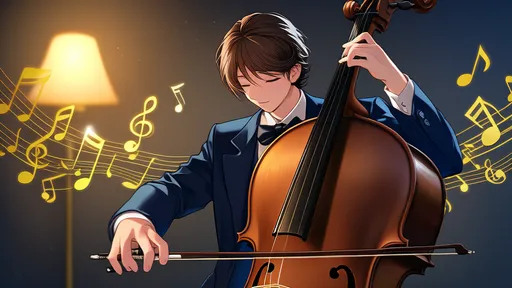
By /Jul 9, 2025

By /Jul 9, 2025

By /Jul 9, 2025

By /Jul 9, 2025
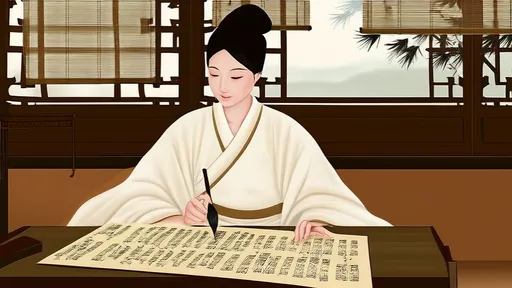
By /Jul 9, 2025
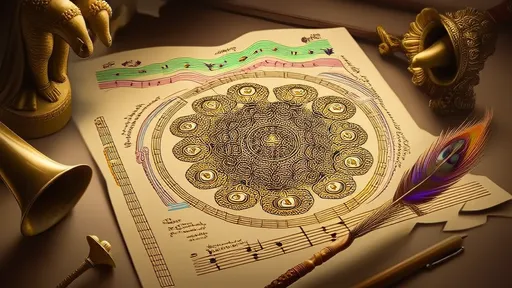
By /Jul 9, 2025

By /Jul 9, 2025

By /Jul 9, 2025

By /Jul 9, 2025

By /Jul 9, 2025
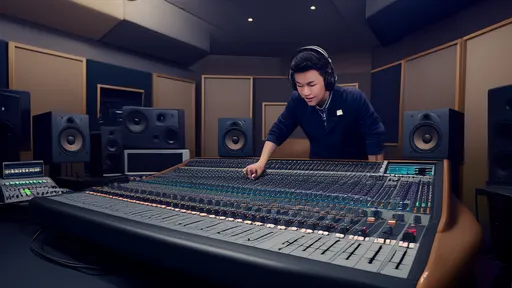
By /Jul 9, 2025
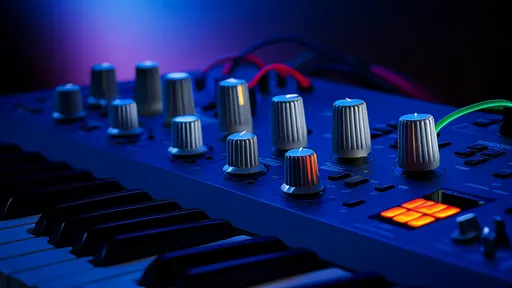
By /Jul 9, 2025
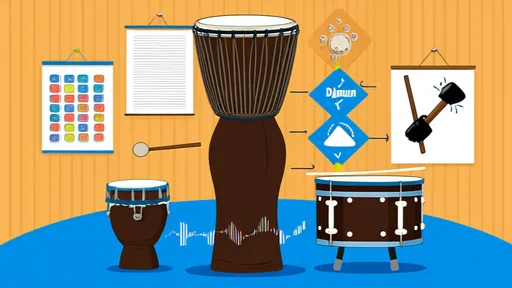
By /Jul 9, 2025
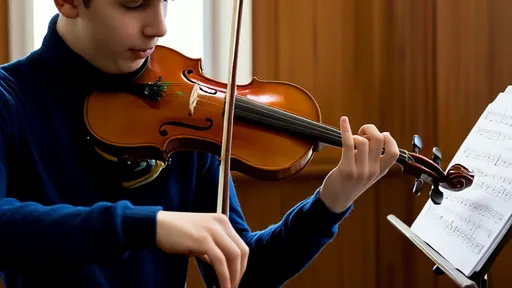
By /Jul 9, 2025
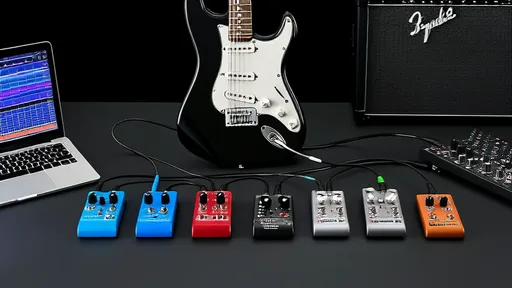
By /Jul 9, 2025
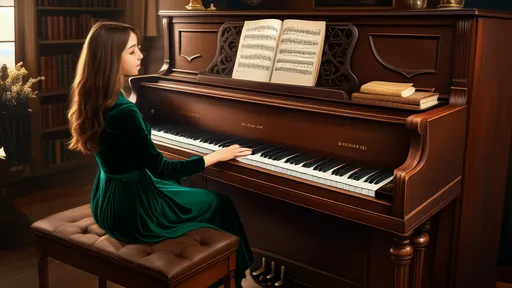
By /Jul 9, 2025

By /Jul 9, 2025
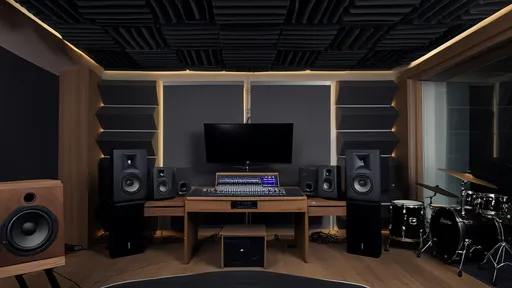
By /Jul 9, 2025